What flooring options work with a passive solar design?
We are currently looking into the passive solar design (newbies) and it appears that a concrete floor with radiant heat will help to hold heat within the house for the longest period of time. My wife is not a fan of concrete/tile floors within the main living areas of the house. Are there alternative options? We know how important the thermal mass is for maintaining heat during winter months. What about placing a vinyl corked backed flooring over the concrete floor?
We are looking to build a single-story house with a walk-out basement. Southern Ontario and we have full unobstructed southern sun exposure. Do you have any other tips to consider?
Thanks for any input in advance.









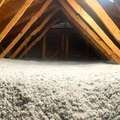

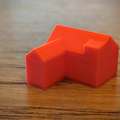



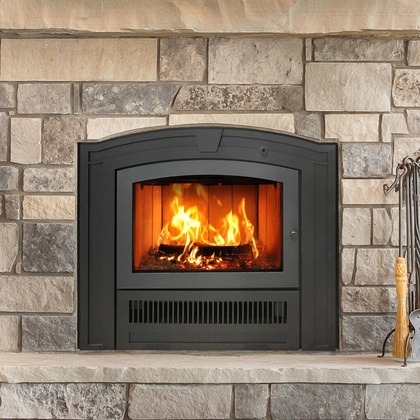







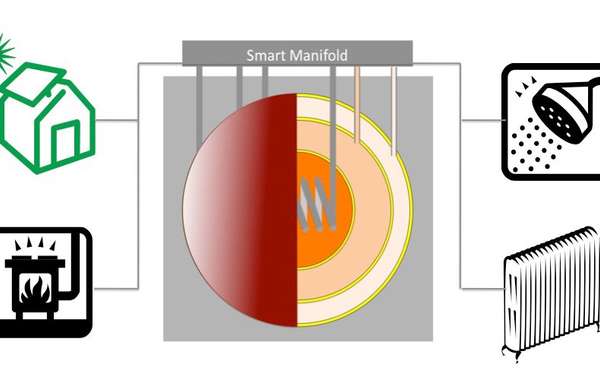
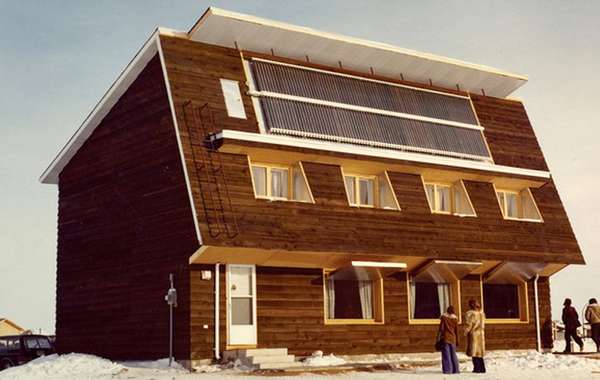
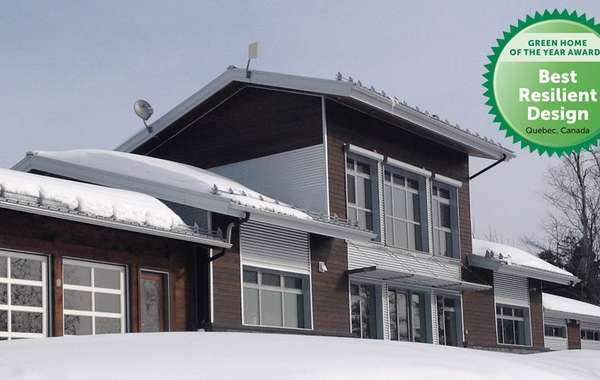

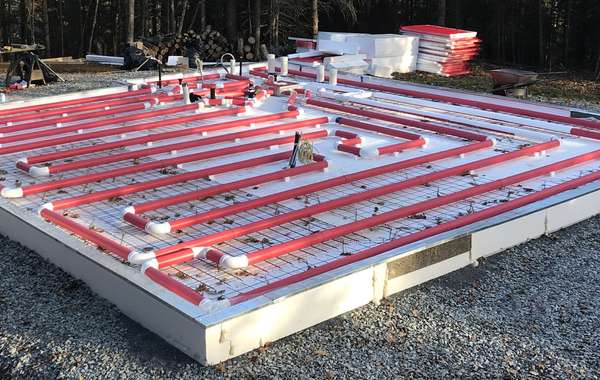
Collecting solar heat from south facing windows is a great way to save money and energy on heating, and a concrete floor is one of the best surfaces to collect and store heat. But the energy gains are not nearly significant enough to be worth living on a floor that you just don’t like. You may have seen this already, but here is our page on passive heating –
Passive solar heating - how to warm your home with the sun
Even if you put a floor covering on a concrete slab floor, you will still get the temperature balancing effects of thermal mass as long as it is insulated below, and therefore kept inside your building envelope. Darker colors are ideal for absorbing heat, but within the confines of a home, the heat collection advantage of darker floors is not that pronounced.
The reason is that once energy has entered your home (as in light through the window), it’s in. It will then either be absorbed by the floor, or reflected by the floor, in which case it will then hit another surface in your home and the heat will be partially absorbed there. Some light will be reflected towards and out the window again, but you are pretty much splitting hairs at that point.
All that is to say, don’t worry too much about the color of your floor, or by putting a floor covering over your slab that makes you more comfortable and happy.
Radiant heated floors perform best when there is nothing to slow the transfer of heat, like wood or cork flooring, but again, the effects aren’t so pronounced that you should fret about it. Best is to inform an HVAC designer ahead of time if you plan to add a floor covering so they can determine the R value and how it is affected, but at worst it will slow the delivery of heat slightly, but as long as you keep the house at a certain temperature you really wouldn’t notice much difference. Wood floors would also be more comfortable when the floor isn’t heated, due to the reduced conductivity of heat between your feet and the floor.
Our latest demonstration house is a prefab kit house seated on a solar air heated floor with a polished concrete slab. High-performance prefab homes tend to be more affordable than site-built homes, and they are available in Ontario if you’re interested. you can see our Passive House and LEED ready prefab homes here, a few of which are oriented for passive solar heat gain, so maybe something there will meet your needs. Here are a few more pages you may like while doing your research, hope that helps!